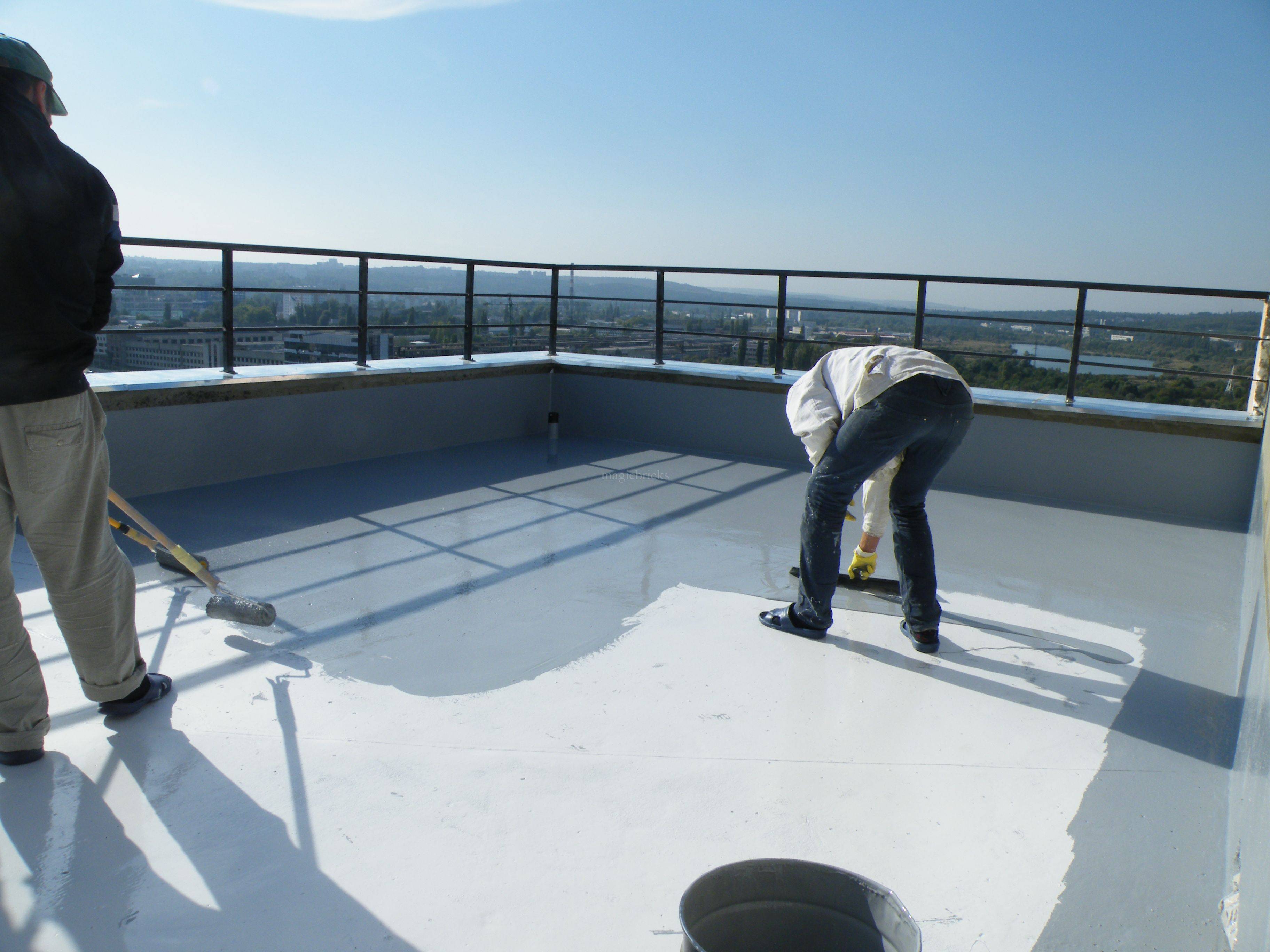Water proofing is often an underappreciated aspect of house and building maintenance, yet its significance cannot be overstated. For residential managers and building supervisors alike, grasping the importance of waterproofing is vital to guaranteeing the stability and lifespan of properties. From preventing costly water damage to reducing mold growth, effective waterproofing strategies serve a pivotal role in protecting your assets. This piece will examine the multiple elements of waterproofing, emphasizing why it is essential for each home and structure.
As we journey through the realm of waterproofing, we will delve into the complete guide to what you must learn, from identifying signs your home requires immediate attention to common misconceptions that need clarification. Whether you are looking into DIY techniques or employing a professional, understanding the costs and benefits of waterproofing can save you significantly in potential repairs. Join us as we uncover the numerous elements of waterproofing and determine whether the investment is truly valuable for your real estate.
Value of Waterproofing

Waterproofing is an important aspect of upholding the integrity and endurance of your property or building. It serves as a defense against water, preventing water from seeping into structures where it can cause significant harm. This is particularly vital in areas prone to intense rainfall or flooding. Not only does waterproofing protect against liquid damage, but it also improves the strength of building materials used in building, ultimately protecting your asset.
Overlooking the necessity for moisture protection can lead to a variety of issues, including mold growth, structural issues, and higher repair expenses. Ingress of water can destabilize foundations and promote unhealthy habitats due to damp settings. By actively waterproofing your property, you can avoid these expensive repairs and provide a healthy and healthy environment for your family or residents.
In addition to averting damage, waterproofing can also enhance the efficiency of energy usage in buildings. By keeping out moisture, you minimize the risk of heat loss and can maintain a stable indoor temperature. This not only contributes to a more pleasant residential setting but also causes lower energy bills, making waterproofing not just a protective measure, but also a smart investment.
Cost-Benefit Assessment of Moisture Proofing
Investing in moisture proofing can feel daunting at first sight, particularly when homeowners think about the initial costs. Nonetheless, the long-term savings linked with waterproofing generally outweigh these upfront expenses. For instance, properties that are properly waterproofed are less likely to suffer from water damage, mold, and building deterioration. By preventing these issues, property owners can dodge expensive repairs and save thousands of dollars in repair and refurbishment work that may be necessary for a neglected property.
The benefits of moisture proofing extend beyond mere cost savings. Many homeowners find that moisture-proofed spaces positively impact to their overall well-being and property value. For example, a dry and properly kept basement not only provides additional usable space but also boosts the property's marketability. Moreover, areas that are resistant to moisture reduce the chance of health-related issues arising from mold and mildew, leading to a healthier living environment for residents.
Furthermore, waterproofing can lead in improved energy efficiency. Moist or saturated structures can result to higher heating and cooling costs, as moisture can harm insulation and overall climate management. By investing in proper waterproofing techniques, property owners may discover reduced utility bills in parallel to the ameliorated comfort of their homes. Assessing the comprehensive cost-benefit analysis reveals that focusing on waterproofing can yield substantial returns on investment over the long run.
Determining the Best Waterproofing Strategies
Choosing the best moisture-proofing options for your house requires a detailed knowledge of your particular demands and the surroundings. french drain installation as the local weather, ground characteristics, and the type of property you have. For illustration, if you live in an area susceptible to intense precipitation or inundation, you might need a more sturdy outdoor waterproofing system to shield against liquid penetration. Conversely, for Additional resources with lower intense conditions, indoor options may be enough to regulate humidity amounts.
Afterward, assess the various kinds of waterproofing methods available. Interior waterproofing methods, such as coatings and barriers, can be efficient in preventing water from penetrating surfaces and floors. On the other hand, outdoor waterproofing usually includes digging and installation of water management systems, which can be more expensive but provides extended safeguarding. It's crucial to consider the pros and cons of each technique, considering factors like price, effectiveness, and the inconvenience each method may create during setup.
Finally, talk to professionals to ensure you pick the best products and methods tailored to your individual situation. A skilled waterproofing contractor can assess your home, advise on appropriate solutions, and provide important information into the latest technologies. Remember, investing in the appropriate waterproofing options now can stop expensive repairs in the future, protecting your property from moisture damage and boosting its durability.
